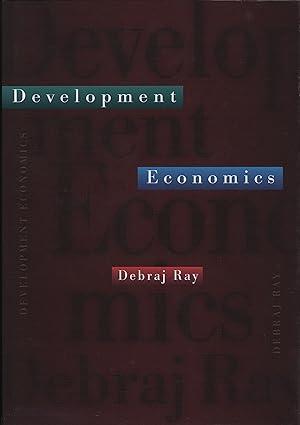Consider a hypothetical economy in which each worker has to decide whether to acquire education and become
Question:
Consider a hypothetical economy in which each worker has to decide whether to acquire education and become a high-skilled worker or remain low-skilled. Education carries a cost of C. Assume that interest-free education loans are available to everybody. Let IH and IL denote the incomes earned by a high- and low-skilled worker respectively. These incomes are defined as IH = (1 + θ)H and IL = (1 + θ)L, where H and L are constants (H > L) and θ is the fraction of the population that decides to become high skilled. This formulation captures the idea that a person’s productivity is positively linked not only to his own skills, but also to that of his fellow workers. Assume that all individuals simultaneously choose whether or not to become skilled.
(a) Explain why this is like a coordination problem. What is the complementarity?
(b) Show that if H − L < C < 2(H − L), there are three possible equilibria: one in which everybody acquires skills, one in which nobody does, and a third in which only a fraction of the population becomes high-skilled. Give an algebraic expression for this fraction in the last case, and argue intuitively that this equilibrium is “unstable” and is likely to give way to one of the two extreme cases.
(c) Change the preceding example slightly. Suppose the return to low-skilled occupations is now given by IL = (1 + λθ)L, where λ is some constant. The return to high-skilled jobs is the same as before. Show that if the value of A is sufficiently high, there is only one possible equilibrium.
(d) Explain why multiple equilibria arise in the first case but not in the second.
(e) Consider another variation. Incomes from different occupations are independent of the number of high-skilled people in the economy. Specifically, IH = H and IL = L. However, the cost of education is variable, and is given by C(λ) = (1 − θ)/θ (the idea here is that it is easier to learn if there are more educated people around). Show that once again, there are three possible equilibria. Describe them.
Step by Step Answer:






